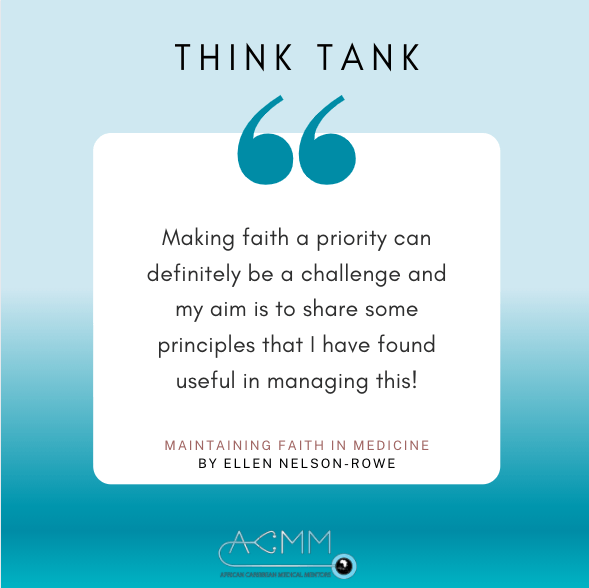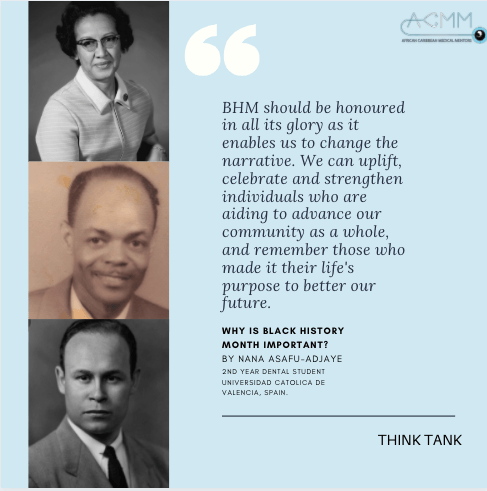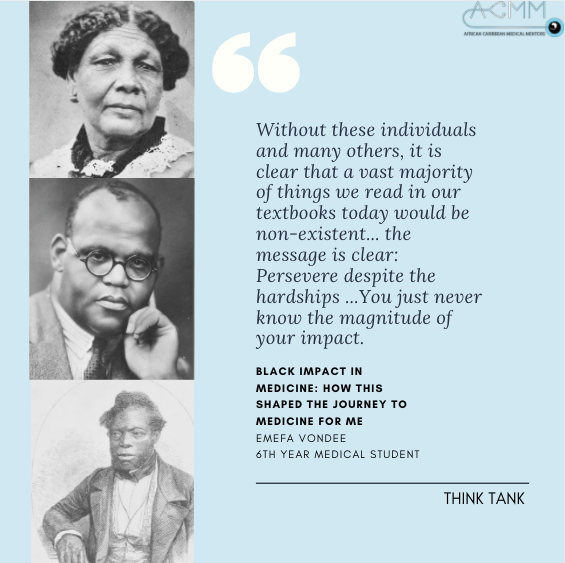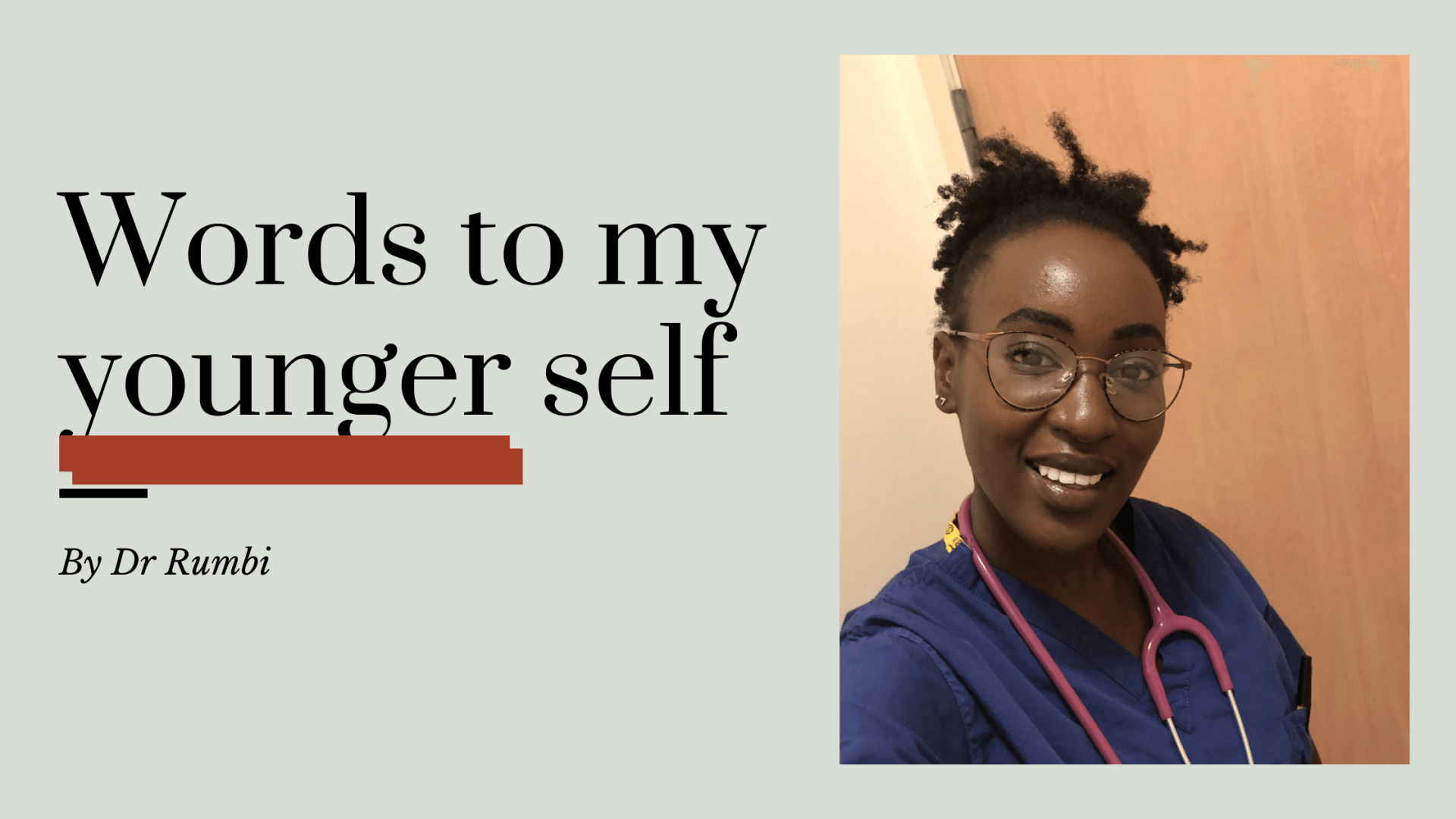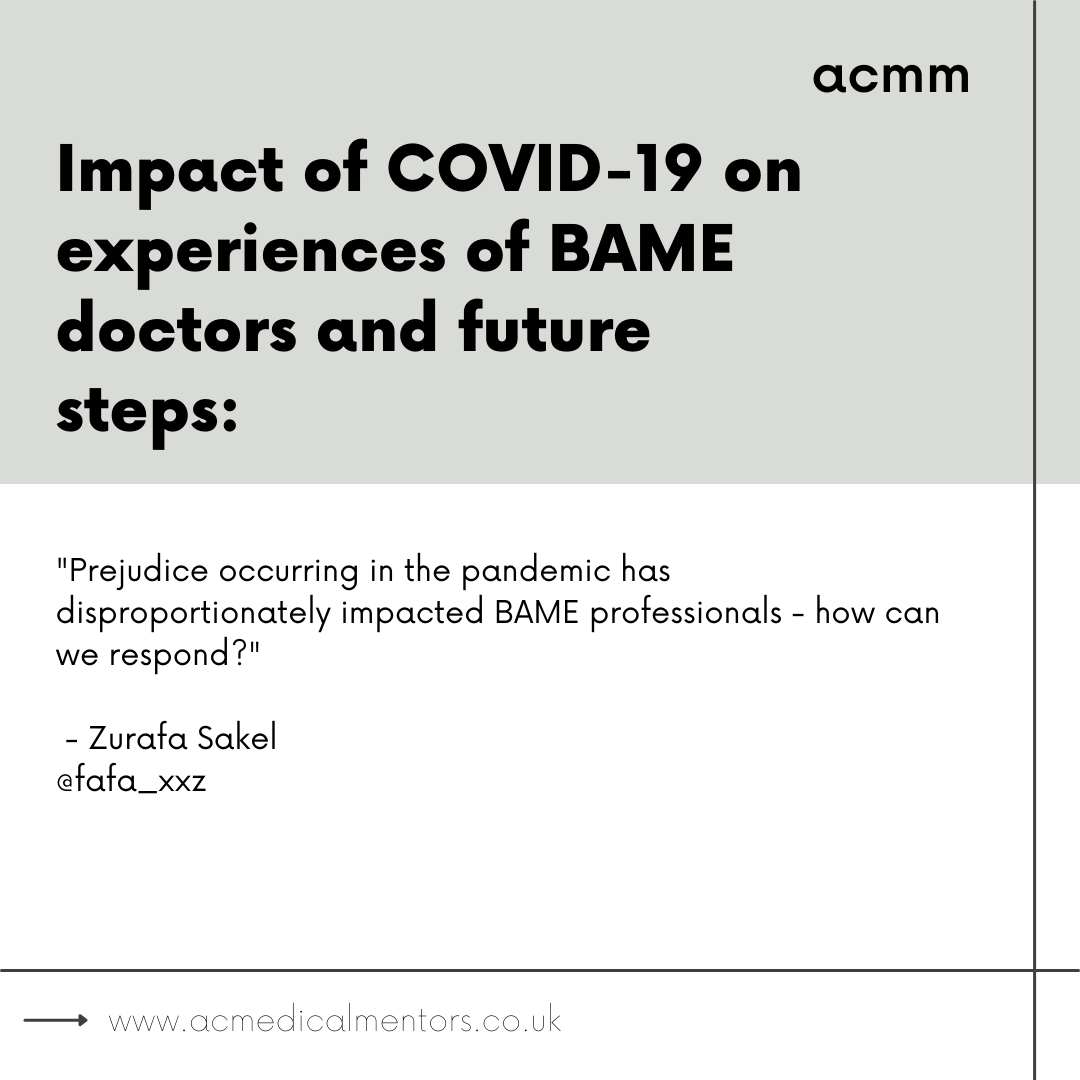Unconscious bias within the healthcare sector
Introduction
The provision of equal healthcare for all patients, irrespective of their identity is an important pillar of many healthcare systems (Jamison D et al., 2006), this core value of patient care is often compromised because of the presence of unconscious bias. Unconscious bias is the product of associations made outside of conscious awareness (stereotyping) that lead to the negative treatment of groups of people based on “irrelevant” characteristics such as race, gender, age and so on (Fitzgerald C and Hurst S, 2017).
Implicit racist bias and the effect on health outcomes
In this current environment of understaffed healthcare systems, time pressured consultations and routinized procedures, medical professionals still aim to maintain the intricate necessities which aid in enrichment of patient-physician relationships and interactions. It is of the general consensus that the patient-physician relationship does have a statistically significant effect on health care outcomes (Griffin S et al., 2004) (Harrington J et al., 2004)(Kelly J et al., 2014).
In contrast to racially concordant consultations (physician and patient of the same race), racially discordant consultations have been recorded as being less positive, and have been characterised by less patient trust, less effort invested into building of patient physician relationship and less joint decision making (Johnson R et al., 2004)(Cooper L et al.,2003)(Simonoff L, 2006)(Koerber et al., 2004). It may be of little surprise therefore, that implicit racist bias has been pinpointed as responsible to some extent for the disparity in health care outcomes between minority and non-minority ethnic groups. These findings are supported by studies in Social Science and Medicine by Nao Hagiwara and colleagues (2013), who found that physicians with a high implicit racist bias score had a tendency to dominate most of the interaction time between themselves and patients during consultations and to use language that implied a presence of power disparity. The presence of implicit racist bias therefore has the power to degenerate the patient-physician relationship, affect the efficacy of patient consultations, and by domino effect, the outcome of such consultations.

Implicit racist bias has also been shown to have more direct effects on patient health outcomes. Particularly pertinent examples of this pertain to physicians’ perceptions of differing levels of pain thresholds between white and black patients (Hoffman K et al., 2016). For many centuries, there has been an overarching belief that black people’s bodies are biologically and fundamentally different from those of their white counterparts (Morning A, 2011). This belief manifested in devastating ways in the past, such as during slavery when black men were believed to be more powerful and efficient at manual labour than white males, and hence were treated as valuable commodities for the purpose of work.
‘Research shows that these biological misconceptions are correlated with the implicit racist bias that manifests within our society, with pain perception in medical practice being just one of many examples of this (Williams M and Eberhardt J, 2019).’
Combatting Implicit racist bias in medical practice
Medical associations have the responsibility of combatting implicit racist bias, this starts with making those within the medical practice aware of their implicit bias views and guiding them with practical methods and solutions as to how they can reduce their bias. Burgess et al (2007) go further to suggest that informing medical professionals of the fact that stereotyping and implicit bias are “normal aspects of human cognition” may make them more comfortable with learning about this phenomenon and its effects within medical practice. Although I partly disagree with this statement, as I believe it has the potential to breed complacency and comfort with one’s own implicit (racist) bias, this statement is duly supported by studies which show that a large fraction of the population tends to feel uncomfortable when talking about race and racism (Martin C, 2018).
Dr Augustus White’s book on “Seeing patients: unconscious bias in health care” suggests a solution as simple as medical professionals having a basic understanding of cultures that patients come from to help reduce their implicit racist bias. This solution points to the issue of a lack of diversity of medical professionals. If there was greater diversity within the healthcare sector, this would likely give opportunity for expansion of medical professionals’ exposure and by effect their understanding of other cultures.
Dr White appeals to medical professionals to remember to assiduously practice evidence-based medicine (EBM); A core element of modern medical practice. (White A, 2011)
EBM incorporates research evidence, clinical expertise and importantly patient values and should leave no room for implicit bias to alter the objective quality of care received by one patient compared to another (Masic I et al., 2008).
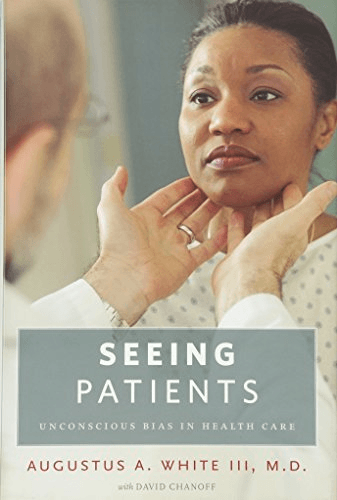
Conclusion
To conclude, implicit racist bias indeed exists within the healthcare sector and its effects defy the very pillars and core practices of modern-day medicine.
Unconscious bias is arguably harder to tackle than conscious bias; the intentional unfair treatment of groups of people, as it requires an individual’s willingness to change their behaviour regardless of their awareness of their bias, when the effect of their bias is exposed.
In an era where health equity is a continuous goal, more needs to be done to combat it.
Bibliography
Blasi, Z., Harkness, E., Ernst, E., Georgiou, A. and Kleijnen, J. (2001). Influence of context effects on health outcomes: a systematic review. The Lancet, 357(9258), pp.757-762.
Burgess, D., van Ryn, M., Dovidio, J. and Saha, S. (2007). Reducing Racial Bias Among Health Care Providers: Lessons from Social-Cognitive Psychology. Journal of General Internal Medicine, 22(6), pp.882-887.
Cooper, L., Roter, D., Johnson, R., Ford, D., Steinwachs, D. and Powe, N. (2003). Patient-Centered Communication, Ratings of Care, and Concordance of Patient and Physician Race. Annals of Internal Medicine, 139(11), p.907.
Douglas K (2019). Educational access digital subscriptions | New Scientist. [online] Available at:
[Accessed 25 Nov. 2019].
FitzGerald, C. and Hurst, S. (2017). Implicit bias in healthcare professionals: a systematic review. BMC Medical Ethics, 18(1).
Griffin, S. (2004). Effect on Health-Related Outcomes of Interventions to Alter the Interaction Between Patients and Practitioners: A Systematic Review of Trials. The Annals of Family Medicine, 2(6), pp.595-608.
Harrington, J. (2004). Improving patients' communication with doctors: a systematic review of intervention studies. Patient Education and Counseling, 52(1), pp.7-16.
Hobermann (1997). Darwin's Athletes: How Sport Has Damaged Black America and Preserved the myth of race
Hoffman, K., Trawalter, S., Axt, J. and Oliver, M. (2016). Racial bias in pain assessment and treatment recommendations, and false beliefs about biological differences between blacks and whites. Proceedings of the National Academy of Sciences, 113(16), pp.4296-4301.
Jamison, D., Breman, J., Measham, A., Alleyne, G., Claeson, M., Evans, D., Jha, P., Mills, A. and Musgrove, P. (2006). Pillars of the Health System. The International Bank for Reconstruction and Development / The World Bank, [online] p. Available at:
https://www.ncbi.nlm.nih.gov/books/NBK10265/
[Accessed 22 Nov. 2019].
JL, W. (2019). Biological conceptions of race and the motivation to cross racial boundaries. - PubMed - NCBI . [online] Ncbi.nlm.nih.gov. Available at:
https://www.ncbi.nlm.nih.gov/pubmed/18505316/
[Accessed 22 Nov. 2019].
Johnson, R., Roter, D., Powe, N. and Cooper, L. (2004). Patient Race/Ethnicity and Quality of Patient–Physician Communication During Medical Visits. American Journal of Public Health, 94(12), pp.2084-2090.
Kelley, J., Kraft-Todd, G., Schapira, L., Kossowsky, J. and Riess, H. (2014). The Influence of the Patient-Clinician Relationship on Healthcare Outcomes: A Systematic Review and Meta-Analysis of Randomized Controlled Trials. PLoS ONE, 9(4), p.e94207.
Koerber, A., Gajendra, S., Fulford, R., BeGole, E. and Evans, C. (2004). An exploratory study of orthodontic resident communication by patient race and ethnicity. Journal of Dental Education, [online] 68(5), pp.553-562. Available at:
http://www.jdentaled.org/content/68/5/553.long
[Accessed 22 Nov. 2019].
Morning A (2011). The Nature of Race: How Scientists Think and Teach about Human Difference By Ann Morning
Medium. (2018). Why Are White People So Bad At Talking About Race?. [online] Available at:
[Accessed 22 Nov. 2019].
Masic, I., Miokovic, M. and Muhamedagic, B. (2008). Evidence Based Medicine - New Approaches and Challenges. Acta Informatica Medica, 16(4), p.219.
Siminoff, L., Graham, G. and Gordon, N. (2006). Cancer communication patterns and the influence of patient characteristics: Disparities in information-giving and affective behaviors. Patient Education and Counseling, 62(3), pp.355-360.
White, A (2011) “Seeing patients: unconscious bias in health care” (2011)

